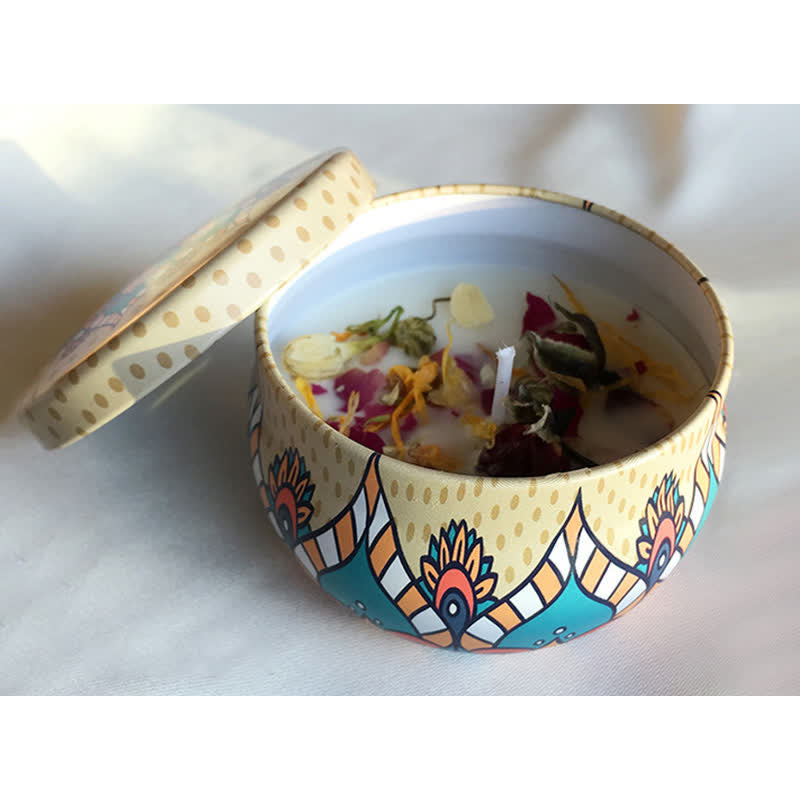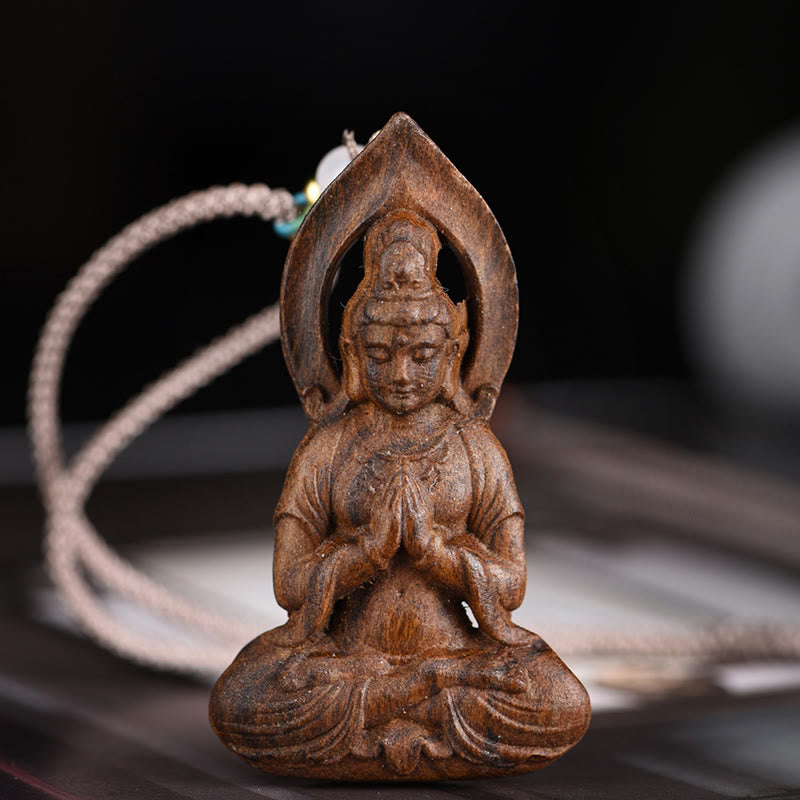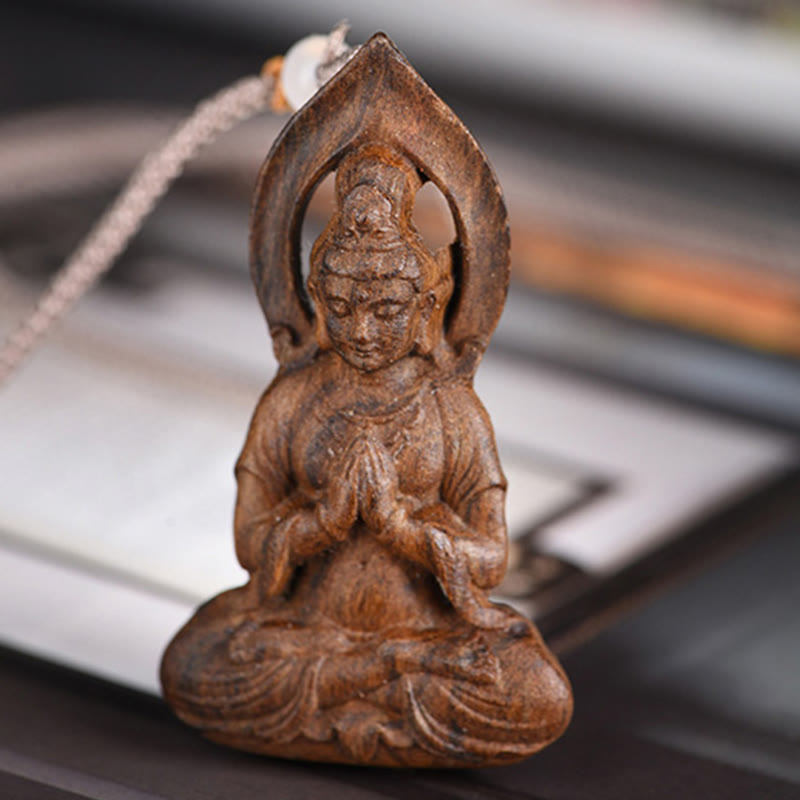Der sanfte Rauch eines Räucherstäbchens oder das sanfte, flackernde Licht einer Kerze können ein Haus in einen Rückzugsort verwandeln. Für diejenigen unter uns, die sich ein achtsames und schönes Zuhause wünschen, ist die Wahl des richtigen Duftes ein zutiefst persönliches Ritual. Doch bei Räucherstäbchen und Kerzen geht die Entscheidung über den bloßen Duft hinaus. Es ist die Wahl zwischen zwei unterschiedlichen Erlebnissen, jedes mit seiner eigenen Geschichte, Atmosphäre und Wirkung auf Ihren Raum.
Suchen Sie ein schnelles, kräftiges Aroma für die Meditation oder einen langanhaltenden, sanften Duft für einen entspannten Abend? Sind Ihnen Luftqualität und natürliche Inhaltsstoffe wichtig? Dieser Leitfaden vergleicht Räucherstäbchen und Kerzen anhand der wichtigsten Faktoren – Gesundheit, Duftprofil, Praktikabilität und rituelle Anwendung –, damit Sie sicher die perfekte Option für Ihr Zuhause und Ihre Wellness-Praxis wählen können.
Der Kernvergleich: Räucherstäbchen vs. Kerzen im Überblick
Bevor wir tiefer eintauchen, schauen wir uns die grundlegenden Unterschiede an. Beim Räuchern wird aromatisches Pflanzenmaterial direkt verbrannt, wodurch ein starker, rauchiger Duft entsteht. Kerzen hingegen nutzen die Hitze einer Flamme, um Wachs zu schmelzen, wodurch ein subtilerer, gleichmäßigerer Duft freigesetzt wird. Jede Methode erzeugt eine einzigartige Atmosphäre. Das Verständnis ihrer Kerneigenschaften ist der erste Schritt, um Ihre bevorzugte Methode zu finden.

Gesundheit und Luftqualität: Was atmen Sie ein?
Der wohl wichtigste Aspekt für jeden gesundheitsbewussten Menschen ist die Auswirkung auf die Raumluftqualität. Sowohl Räucherstäbchen als auch Kerzen setzen beim Verbrennen Feinstaub (PM) in die Luft frei, was für empfindliche Personen oder in schlecht belüfteten Räumen problematisch sein kann. Die Qualität der Inhaltsstoffe macht jedoch einen erheblichen Unterschied.
Viele herkömmliche Kerzen bestehen aus Paraffinwachs, einem Erdölnebenprodukt, das beim Verbrennen flüchtige organische Verbindungen (VOCs) freisetzen kann. Auch billiges, synthetisches Räucherwerk kann künstliche Duftstoffe und chemische Bindemittel enthalten. Der Schlüssel liegt darin, sauberere Alternativen zu wählen.
Natürliche Alternativen wie Sojawachskerzen oder Bienenwachskerzen brennen sauberer und produzieren deutlich weniger Ruß. Achten Sie bei Räucherstäbchen auf 100 % natürliche Inhaltsstoffe wie Holzpulver, Harze und ätherische Öle. Für ein gesundes Raumklima ist ausreichendes Lüften – beispielsweise durch Öffnen eines Fensters – immer empfehlenswert. Wie die US-Umweltschutzbehörde EPA (Environmental Protection Agency) anmerkt, trägt eine gute Luftzirkulation dazu bei, die Konzentration von Schadstoffen in der Raumluft zu reduzieren.
Die Wahl eines hochwertigen Naturprodukts ist der beste Weg, den Duft Ihres Zuhauses bewusst zu genießen. Eine gut gemachte Sojakerze beispielsweise sorgt für einen wunderbaren Duft ohne die mit Paraffin verbundenen Bedenken.
Spirituelle Sojawachskerze zur Reinigung und Meditation
$18.90 $27.90
Schaffen Sie mit dieser Sojawachskerze ein sauberes, langanhaltendes Ritual – konzipiert für Meditation, Reinigung und sanfte, rußarme Beduftung.
Produkt entdeckenDuftprofil und Ambiente: Schaffen Sie Ihre Atmosphäre
Die gewünschte Stimmung ist ein wichtiger Faktor in der Debatte zwischen Räucherstäbchen und Kerzen. Beide bieten ein einzigartiges Sinneserlebnis, das die Energie Ihres Raumes prägt.
- Räucherwerk: Verströmt ein kraftvolles, komplexes und rauchiges Aroma , das den Raum schnell erfüllt. Sein Duft wird oft als erdig, holzig oder würzig beschrieben. Der aufsteigende Rauch ist optisch fesselnd und eignet sich perfekt für aktive Rituale, die Raumreinigung und die Schaffung einer dramatischen, bewussten Meditationsstimmung.
- Kerzen: Verströmen einen sanfteren, gleichmäßigeren Duft , der sich allmählich aufbaut. Die flackernde Flamme schafft eine warme, gemütliche und einladende Atmosphäre (Hygge). Kerzen eignen sich daher ideal für lange, entspannte Abende, gemütliche Zusammenkünfte oder um den ganzen Tag über einen sanften Hintergrundduft zu verbreiten.
Sie können sie sogar kombinieren, um Düfte und Energien zu schichten. Eine brennende Sojakerze kann eine stabile, warme Basis bieten, während ein hochwertiges Räucherstäbchen den Beginn eines bestimmten Rituals in diesem heiligen Raum markiert.

Brenndauer und Praktikabilität: Was hält länger?
Ihr Tagesablauf und die Art und Weise, wie Sie Ihren Raumduft verwenden möchten, beeinflussen, ob die Brenndauer von Räucherstäbchen oder einer Kerze besser geeignet ist.
Brenndauer des Räucherstäbchens: Ein durchschnittliches Räucherstäbchen brennt normalerweise 30 bis 60 Minuten . Dies ist ideal für kurze, konzentrierte Aktivitäten wie eine Yoga-Sitzung, eine 20-minütige Meditation oder eine schnelle Energiereinigung Ihres Zimmers.
Brenndauer: Eine Kerze in Standardgröße kann über 40 Stunden brennen. Dies ermöglicht eine längere Nutzung über mehrere Tage oder Wochen. Sie können die Kerze mehrere Stunden am Stück brennen lassen und so Ihr Zuhause mit wenig Aufwand beduften.
Praktischerweise sind Kerzen in sich geschlossen, wobei das geschmolzene Wachs im Gefäß verbleibt. Räucherwerk erzeugt Asche, die ein spezielles Räuchergefäß benötigt, um sie sicher aufzufangen und Ihre Oberflächen sauber zu halten. Ein gut gestaltetes Gefäß ist nicht nur ein Sicherheitswerkzeug, sondern auch ein schönes Ritualobjekt, das Ihre Praxis bereichert.
[Sammlungs-Schieberegler]
Unverzichtbare Werkzeuge für Ihre Duftrituale
Genießen Sie sauberes, elegantes Räuchern mit diesem Keramikbrenner von Three Stones – gefertigt für einen ausgeglichenen Luftstrom und minimale Ascheverstreuung. Mehr erfahren ➔
$24.90
$35.90
Tragen Sie subtile Aromatherapie und Ruhe aus Adlerholz bei sich – dieser handgeschnitzte Anhänger unterstützt die Meditation und verströmt einen erdenden Duft. Mehr erfahren ➔
Rituelle und spirituelle Anwendung: Vertiefung Ihrer Praxis
Sowohl Weihrauch als auch Kerzen werden seit Jahrtausenden in spirituellen Traditionen verwendet, dienen aber oft unterschiedlichen rituellen Zwecken. Das Anzünden von Räucherstäbchen kann ein starkes Signal an Ihren Geist sein, zur Ruhe zu kommen und präsent zu sein.
Weihrauch wird häufig in Reinigungszeremonien verwendet. Man glaubt, dass der Rauch negative Energie aus Räumen, Personen oder Gegenständen vertreibt. Sein starker, transformierender Duft macht ihn zu einem wirkungsvollen Mittel, um den Beginn und das Ende einer spirituellen Praxis zu markieren. Forschungen von Institutionen wie dem National Center for Complementary and Integrative Health zeigen, wie Aromatherapie mit Gehirnrezeptoren interagieren und so die Stimmung beeinflussen kann. Dies steht im Einklang mit der langjährigen Verwendung von Düften in Achtsamkeitspraktiken.
Kerzen mit ihrer gleichmäßigen Flamme sind Symbole der Erleuchtung, Hoffnung und Konzentration. Sie werden oft beim Gebet und bei der Meditation verwendet, um einen heiligen Raum über einen längeren Zeitraum zu bewahren . Das Betrachten einer Kerzenflamme (Trataka-Meditation) ist eine Übung, die die Konzentration verbessert und ein Gefühl der Ruhe erzeugt. Das sanfte, anhaltende Licht dient als Brennpunkt der Absicht.

Die richtige Wahl für Ihr Zuhause treffen
Letztendlich gibt es keine „bessere“ Option – nur die, die für Sie und Ihre spezifische Absicht besser ist. Hier ist eine einfache Anleitung, die Ihnen bei der Entscheidung hilft:
- Wählen Sie Weihrauch, wenn: Sie einen kraftvollen, schnell wirkenden Duft für aktive Rituale, Raumreinigung oder kurze Meditationssitzungen wünschen. Sie erdige, rauchige Aromen und das visuelle Element des Rauchs genießen.
- Wählen Sie Kerzen, wenn: Sie einen langanhaltenden, dezenten Duft bevorzugen, der eine gemütliche und warme Atmosphäre schafft. Sie eine pflegeleichte Option für ausgedehnte Entspannung, zum Lesen oder für gesellige Zusammenkünfte suchen.
- Wählen Sie beides, wenn: Sie die einzigartigen Vorteile beider schätzen. Verwenden Sie Weihrauch, um eine Absicht zu vermitteln, und Kerzen, um die heilige Atmosphäre aufrechtzuerhalten.
Fazit: Gestalten Sie Ihr perfektes Duftritual
Die Wahl zwischen Räucherstäbchen und Kerzen bietet eine wunderbare Gelegenheit, die Energie in Ihrem Zuhause bewusster zu nutzen. Indem Sie Faktoren wie Gesundheit, Ambiente und rituellen Zweck berücksichtigen, können Sie über das bloße Beduften eines Raumes hinausgehen und eine wirklich achtsame Atmosphäre schaffen. Setzen Sie auf hochwertige Naturprodukte wie rußarme Sojakerzen und rein pflanzliches Räucherstäbchen, um Ihre Luftqualität zu schützen. Ob Sie sich für den mystischen Rauch von Räucherstäbchen, das gleichmäßige Leuchten einer Kerze oder eine wohlüberlegte Kombination aus beidem entscheiden – das Wichtigste ist, ein Duftritual zu schaffen, das Ihnen Frieden, Konzentration und Freude bringt.
Häufig gestellte Fragen zu Räucherstäbchen und Kerzen
Keines von beiden ist von Natur aus „besser“; es kommt ganz auf die Qualität an. Für optimale Luftqualität wählen Sie 100 % natürliche Soja- oder Bienenwachskerzen und rein natürliches Räucherwerk ohne synthetische Duftstoffe oder Chemikalien. Paraffinkerzen und billiges Räucherwerk können mehr Ruß und flüchtige organische Verbindungen (VOCs) freisetzen. Sorgen Sie beim Abbrennen immer für gute Belüftung, indem Sie ein Fenster öffnen.
Ein Standard-Räucherstäbchen brennt etwa 30–60 Minuten und ist daher ideal für kurze, festgelegte Anwendungszeiten wie Meditation. Eine typische 237-ml-Kerze kann 40 Stunden oder länger brennen und bietet eine lang anhaltende Licht- und Duftquelle, die über viele Sitzungen hinweg verwendet werden kann.
Ja, beides kann die Entspannung fördern. Düfte wie Lavendel, Kamille und Sandelholz sind für ihre beruhigende Wirkung bekannt. Das sanfte, warme Licht einer Kerze kann eine wohltuende Atmosphäre schaffen, die den Schlaf fördert. Das Ritual des Anzündens von Räucherstäbchen kann Ihrem Gehirn ebenfalls signalisieren, dass es Zeit zum Entspannen ist. Lassen Sie brennende Kerzen oder Räucherstäbchen jedoch niemals unbeaufsichtigt und löschen Sie sie vor dem Schlafengehen immer vollständig.
Ja, Sojakerzen gelten allgemein als sicherere und gesündere Wahl. Sojawachs ist ein natürlicher, nachwachsender Rohstoff, der sauberer verbrennt und deutlich weniger Ruß produziert als Paraffinwachs, ein Nebenprodukt der Erdölindustrie. Dies führt zu einer besseren Raumluftqualität und macht Sojakerzen zu einer hervorragenden Option für gesundheitsbewusste Menschen.
Für die Meditation eignen sich erdende und beruhigende Düfte. Beliebte Duftstoffe für Räucherstäbchen und Kerzen sind Sandelholz für Konzentration, Weihrauch für Reinigung und spirituelle Verbindung, Lavendel für Ruhe und Adlerholz (Oud) für tiefe, kontemplative Zustände. Der beste Duft ist letztendlich eine persönliche Vorliebe und hilft Ihnen, sich zentriert zu fühlen.







